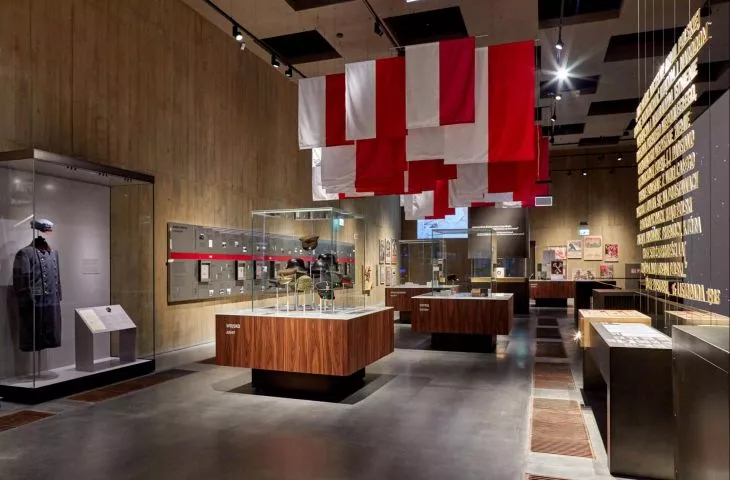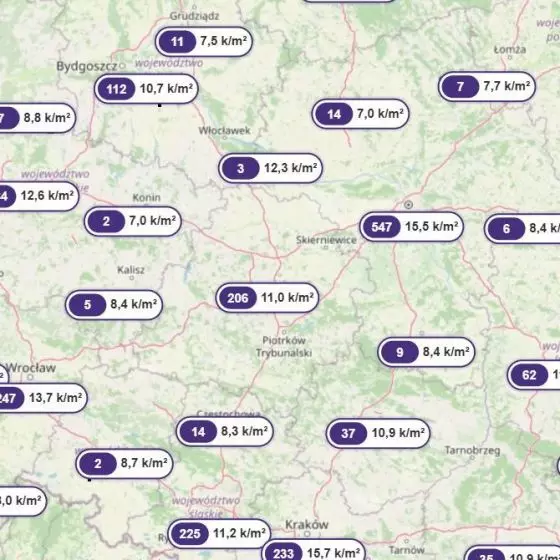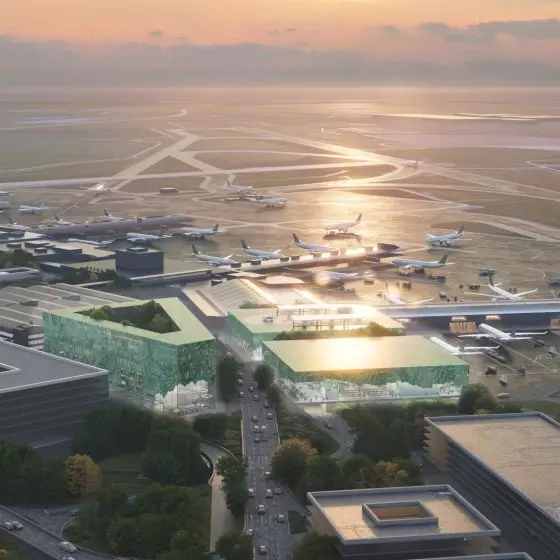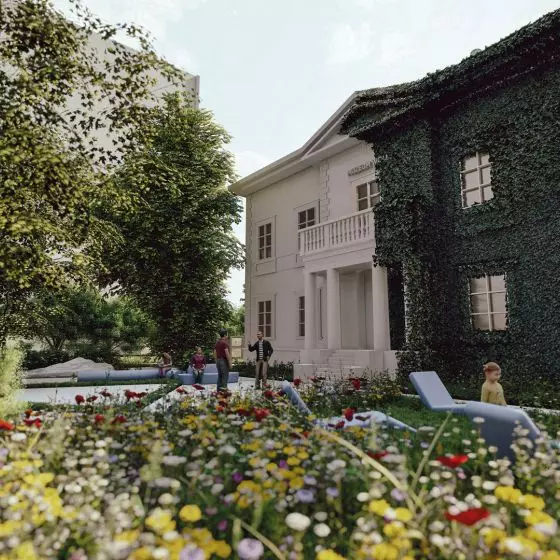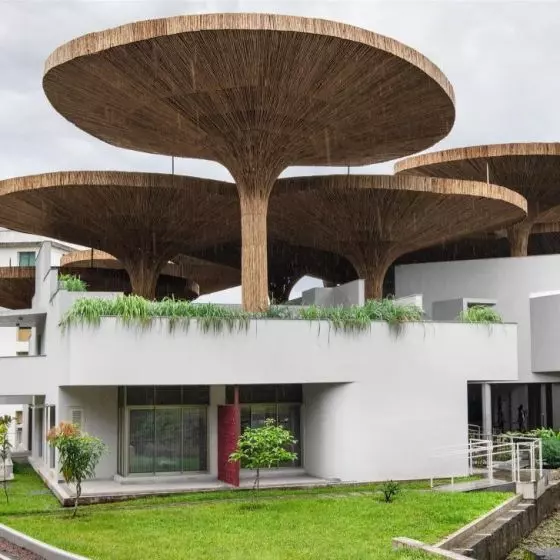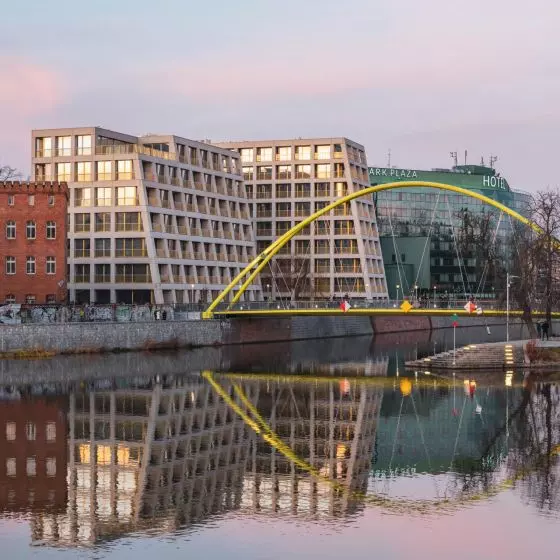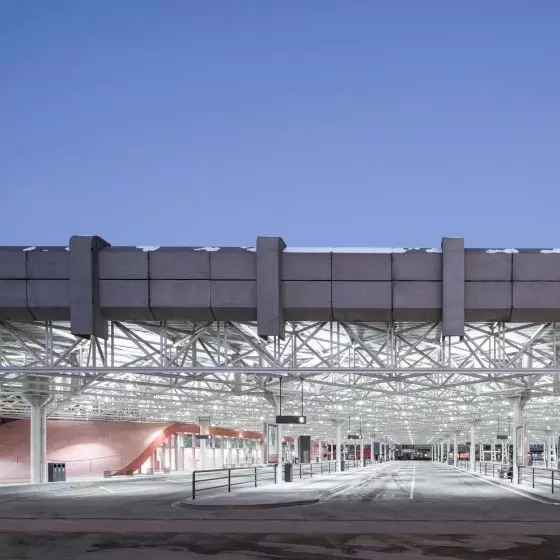August 14 saw the grand opening of the building of the Józef Piłsudski Museum in Sulejówek, designed by architects from the PIG studio. Although the building was scheduled to open to the public from November 11, these plans were thwarted by the pandemic and restrictions on the closure of the cultural institution. Although it is still unclear when the first visitors will be able to see the permanent exhibition in person, we have a small preview of what the finished exhibition, prepared by the design team of WXCA, Ralph Appelbaum Associates and Platige Image, will look like.
The permanent exhibition was created in a hall located underground - the need to move from the first floor to the level of the exhibition entrance is conducive to tranquility. The exhibition was constructed in such a way as to simultaneously engage visitors' senses and present the historical themes addressed in a modern way. The exhibition, whose main axis is the stages of Jozef Pilsudski's life and the struggle for Poland's independence, consists of six galleries - five of a biographical nature, arranged chronologically ("Ziuk", "Wiktor", "Komendant", "Naczelnik" and "Marszałek") and one devoted to the myths and symbols circulating around the Marshal's figure ("Symbol"). The central part of the exhibition is a space separated by screens, where a multimedia presentation is displayed - an impression on the effort to regain independence.
"Ziuk" gallery
The exhibition opens with the "Ziuk" gallery, alluding by name to the diminutive of Jozef Pilsudski's name, with which he was addressed by those closest to him, telling the story of the first 24 years of the future Marshal's life. Among other things, visitors to the gallery can learn about 19th-century teaching conditions and see school supplies and items from the era. The gallery also features the first of many immersive spaces that work on the senses, where the narrative is presented in the form of a multimedia show complemented by graphics and exhibits.



"Ziuk" gallery
© press materials of Józef Piłsudski Museum in Sulejówek
gallery "Wiktor"
Another gallery tells the story of the conspiratorial activities of Jozef Pilsudski (who adopted the pseudonym "Wiktor" at the time) against the Russian Tsar. In this part of the exhibition, viewers will have the opportunity to discover two faces of reality: visible to all and conspiratorial.
This effect was achieved through a combination of artifacts such as the newspaper "Robotnik " - an underground magazine printed by Pilsudski - or a manual press printing machine from the period, as well as scenography with light animation and graphics made with lenticular printing technique, allowing to show two images on the same surface. The installation is meant to intrigue viewers and encourage them to discover the secrets of "Wiktor's" activities," - Museum director Robert Supeł said.



"Wiktor" gallery
© press materials of the Józef Piłsudski Museum in Sulejówek
gallery "Komendant"
The "Komendant" gallery tells the story of Pilsudski's transformation from conspirator to military commander of the Polish Legions. An interesting feature of this part of the exhibition is the biographical search engine "Soldiers of the Polish Legions 1914-1918", where one can find information on legionaries and their post-war fate. Among the legionaries you can find the names of artists of the Polish stage and stage, or future ministers and generals.



gallery "Komendant"
© press materials of Józef Piłsudski Museum in Sulejówek
gallery "The Commander"
Located on the mezzanine, the "Naczelnik" gallery covers the period from Jozef Pilsudski's return to Warsaw from internment in Magdeburg to his decision to stage a political coup on May 12, 1926. The space depicting scenes of the first days of Poland's independence after more than a century of captivity and the process of rebuilding the country and creating a political system is filled with four thematic islands dedicated to those aspects of state creation that Pilsudski dealt with personally. Other parts of the story are told through a multimedia presentation, infographics, propaganda posters and boards hanging above visitors' heads with quotes from politicians and newspaper headlines of the time.



"The Warden" gallery
© press materials of Józef Piłsudski Museum in Sulejówek
gallery "Marshal"
The last stage of Jozef Pilsudski's life can be explored in the "Marszałek" gallery, in which the nine years of his reign are juxtaposed by a timeline - a nine-foot infographic supplemented by unknown in Poland footage discovered in a private archive in California. Lasting just over a minute, the find shows the ongoing street battles in Warsaw in May 1926.
"Symbol" gallery
The last of the galleries shows the "life after life" of the exhibition's protagonist - myths about Jozef Pilsudski and his legacy.
Its essence is to build a bridge between the biography of the exhibition's hero and the present day. We achieved these connections with the help of exhibits - symbols from the entire 20th century relating to the struggle for independence and the person of the Marshal. In addition to the more obvious ones, we can also find the memory of a motorcycle rally on the trail of Marshal Pilsudski, which took place in 1938, or a banknote commemorating the 100th anniversary of Poland's regaining independence issued by the National Bank of Poland in 2018," concluded Robert Supeł.






